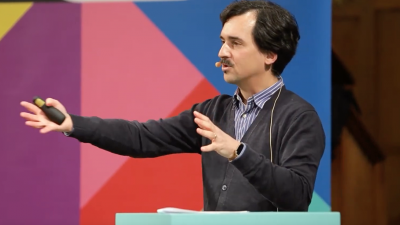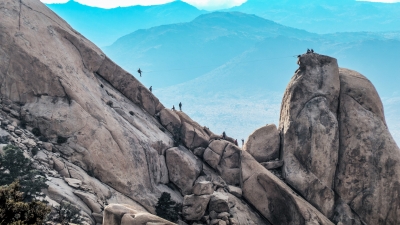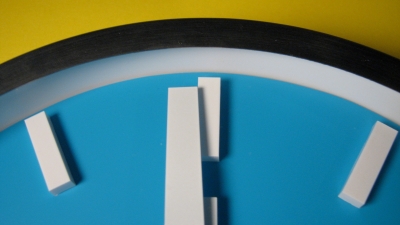The Earth before and after us
Grip op tijdToday's society is trapped in the short-term: 24-hour news cycles dominated by pandemic politics. It is difficult to imagine the next year, let alone further ahead. But with a climate crisis looming in the background, we really should. When you look at time the way a geologist does, the world changes.
Dig into the Earth's crust and you will find many layers shaped by cycles of sedimentation and erosion: remnants of what our planet was like millions of years ago. Maybe we can get a clearer picture of the future when we examine the information buried down below. What is preserved in these layers, the magnificent or the mundane, big volcano eruptions and mass extinctions or just slowly changing landscapes? What events on this earth have disappeared without a trace? Dr João Trabucho Alexandre (UU) explains geological timescales and puts our time on earth in perspective. He also dares us to think about a poignant question: what do we want the world to look like without us?
In collaboration with the faculty of Social and Behavioural Sciences, faculty of Science and the faculty of Humanities (UU).
Speaker
About this series
Grip op tijd
Wat is tijd, hoe praten we erover en wat betekent het voor de mens? Antwoorden vanuit de filosofie, psychologie, natuurkunde en geologie.








